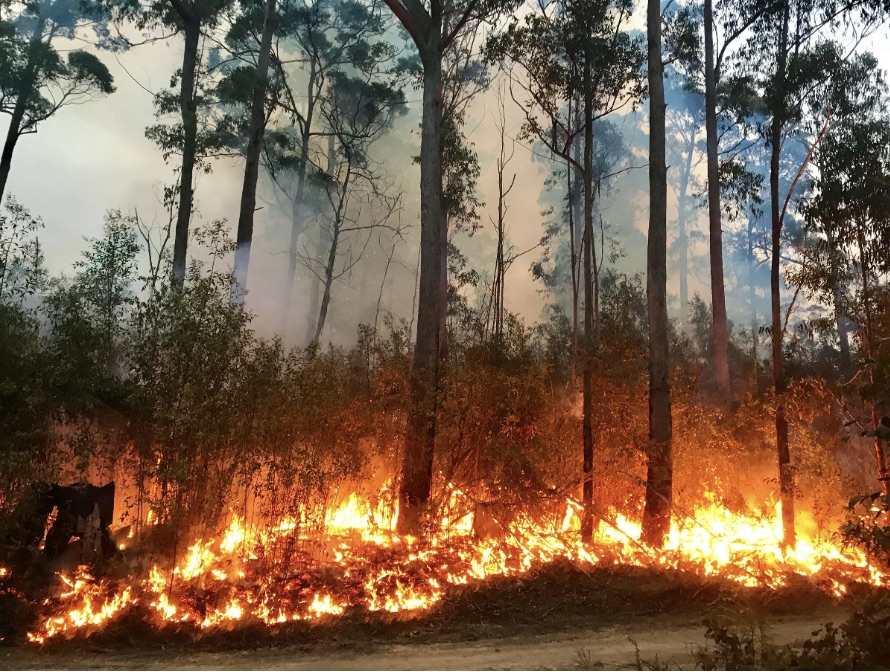Bush fire risks persist year-round. Variables like vegetation, humidity, wind, rain, lightning, and temperature inversions influence hotspots.
According to the Bureau of Meteorology (BoM), Australia has five fire danger seasons:
- Winter and spring
- Spring
- Spring and summer
- Summer
- Summer and autumn
Satellite mapping the hotspots
Australia utilises over two decades of satellite data to monitor smoke plumes and fires. An algorithm processes this data, identifying 450,000 hotspots. Detailed maps reveal hotspots occurring year-round, defying seasonal patterns in various regions.
Eastern NSW & Arnhem Land top risks
Eastern NSW and Arnhem Land are identified as high-risk areas for bushfires, with increased fire spots. The University of the Sunshine Coast is developing a citizen science app called NOBURN to predict bushfires using uploaded photos and forest samples matched with satellite imagery. Additionally, AI and high-definition cameras will form a large bushfire camera network across 14 locations in southeast South Australia and southwest Victoria.
Prepare your business premises for bushfire season
The next step is to learn about the Australian Fire Danger Rating System, which was introduced last year as a national system.
These are the revamped levels:
- Moderate – plan and prepare
- High – be ready to act
- Extreme – take action now to protect life and property
- Catastrophic – leave bushfire risk areas for your survival.
Fire danger ratings don’t predict fire likelihood but assess potential danger levels if a bushfire ignites, clarifies the National Council for Fire and Emergency Services.
Here’s how to start planning to prepare yourself and your employees:
- Source experts to assess your property and infrastructure to prevent and mitigate bushfire damage.
- Back up your business data electronically, ideally on the cloud
- Refresh your business continuity plan and associated staff training to help build resilience
- Keep vegetation and flammables to a minimum around your property, clear gutters.
- Invest in non-combustible window frames and doors, metal screens and thick glass.
We can also offer valuable risk management insights and facilitate access to specialised services that help mitigate your exposure to bushfire-related risks.
Bushfires in Australia will have significant economic and health repercussions. By 2030, over 2400 deaths and $11 million in healthcare expenses due to smoke-related fatalities are projected. The Insurance Council of Australia notes that extreme weather events already cost each Australian household an average of $1,532 in the year leading up to September 2022, covering factors like higher taxes and increased produce prices.
Update your insurance
Bushfires can affect businesses directly or indirectly, even in metropolitan areas or fringe locations. In 2020, two-thirds of small-to-medium businesses reported impact from the Black Summer fires. It’s crucial to ensure your insurance adequately covers your assets, risks and circumstances, including fire damage and business interruption.

